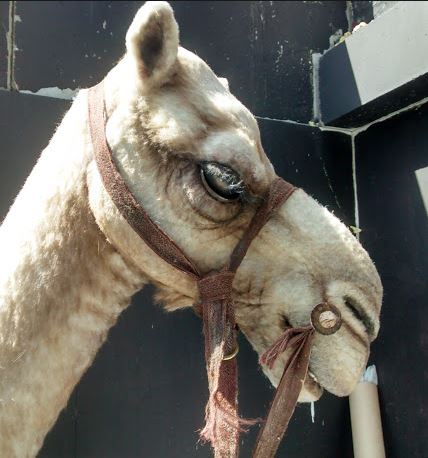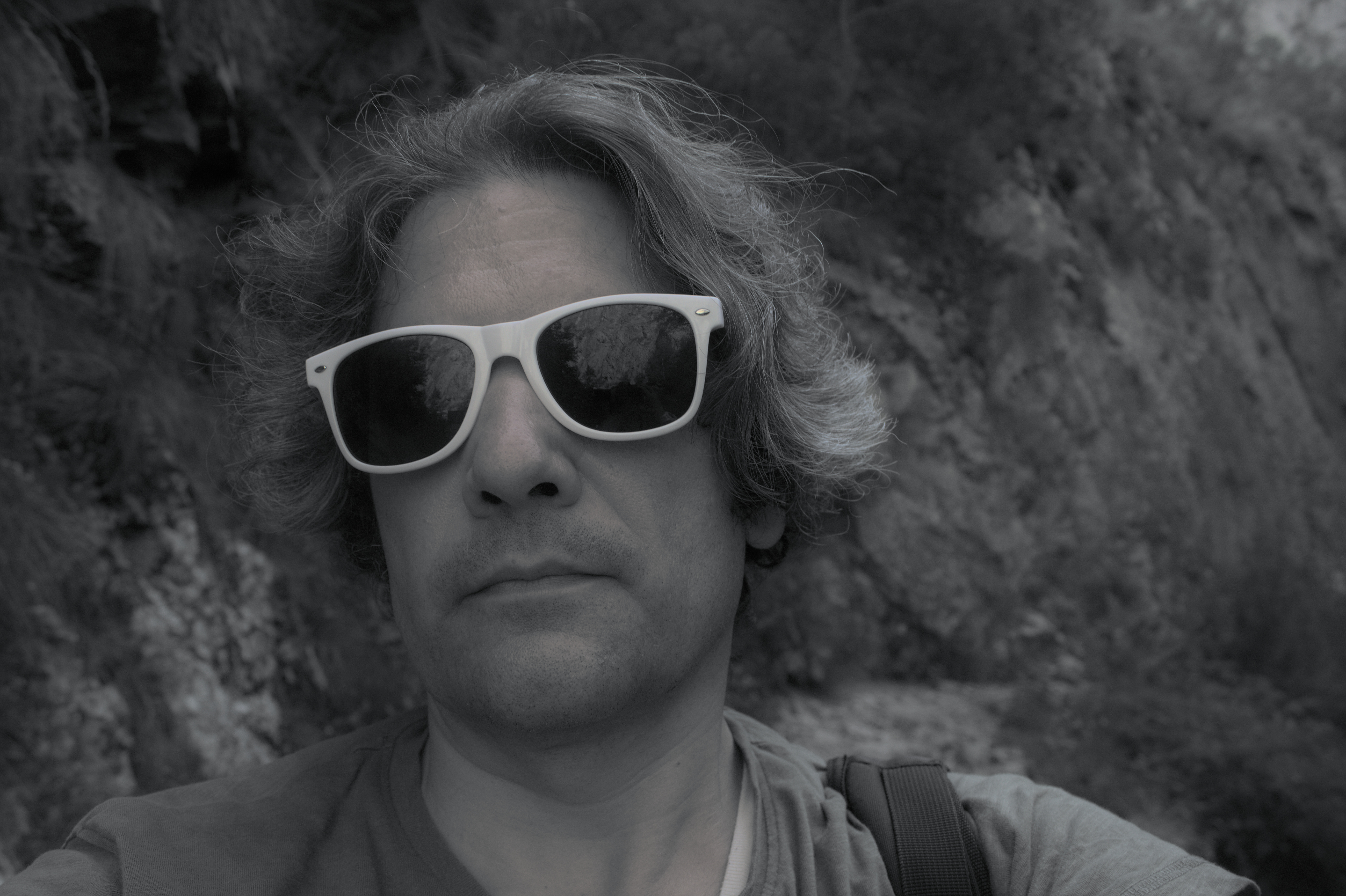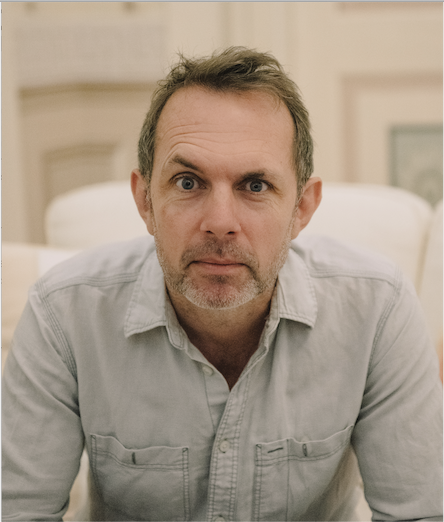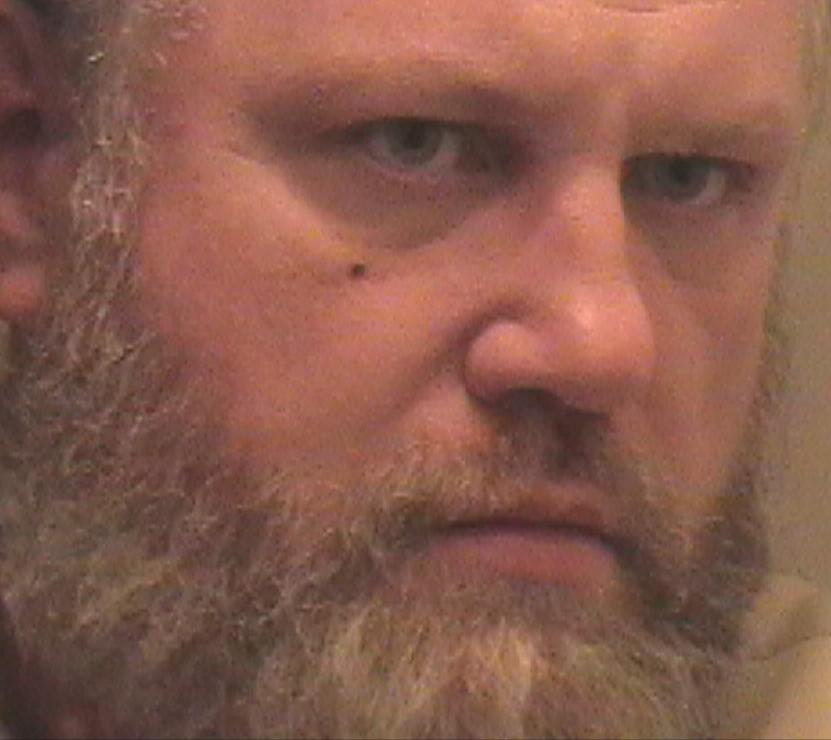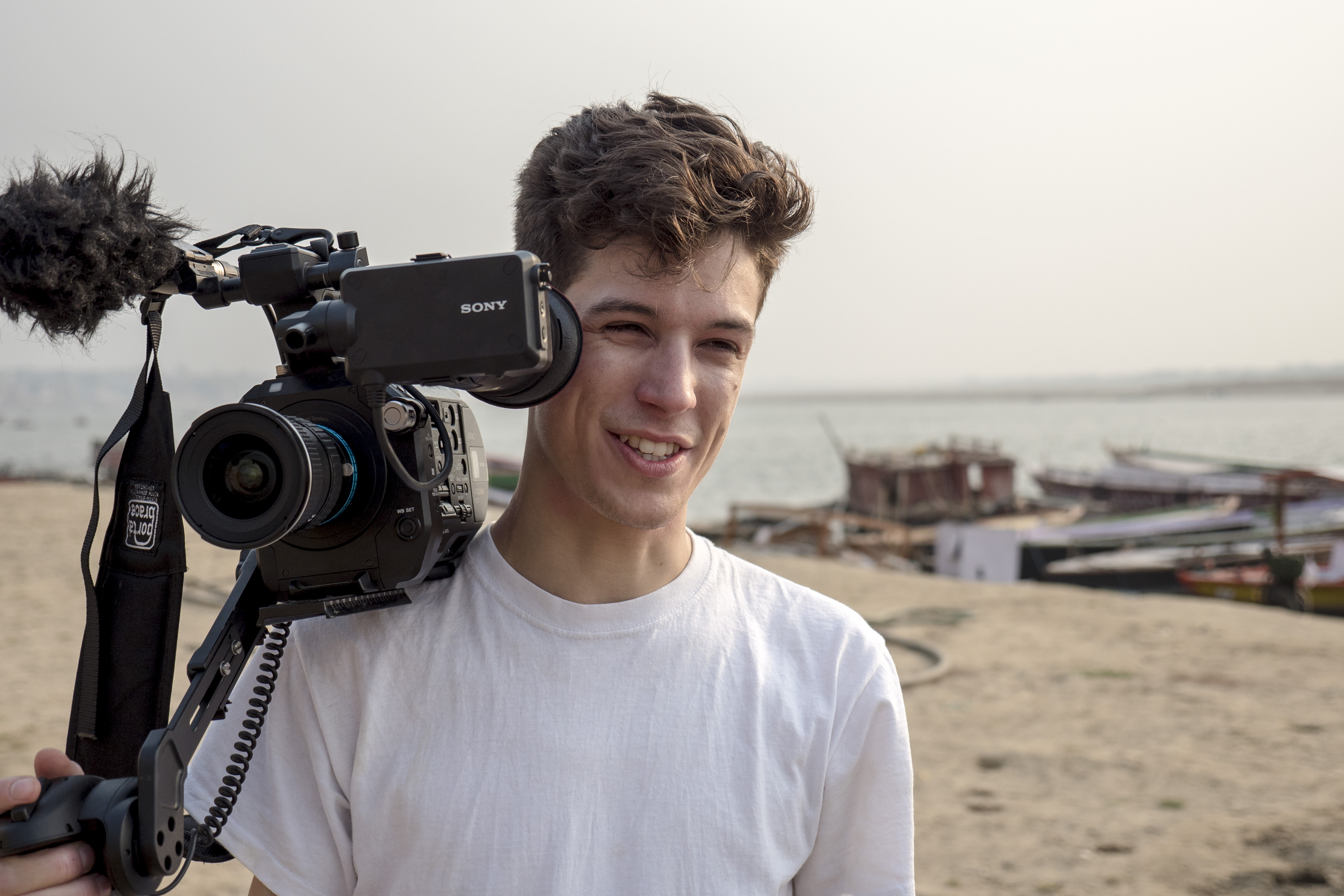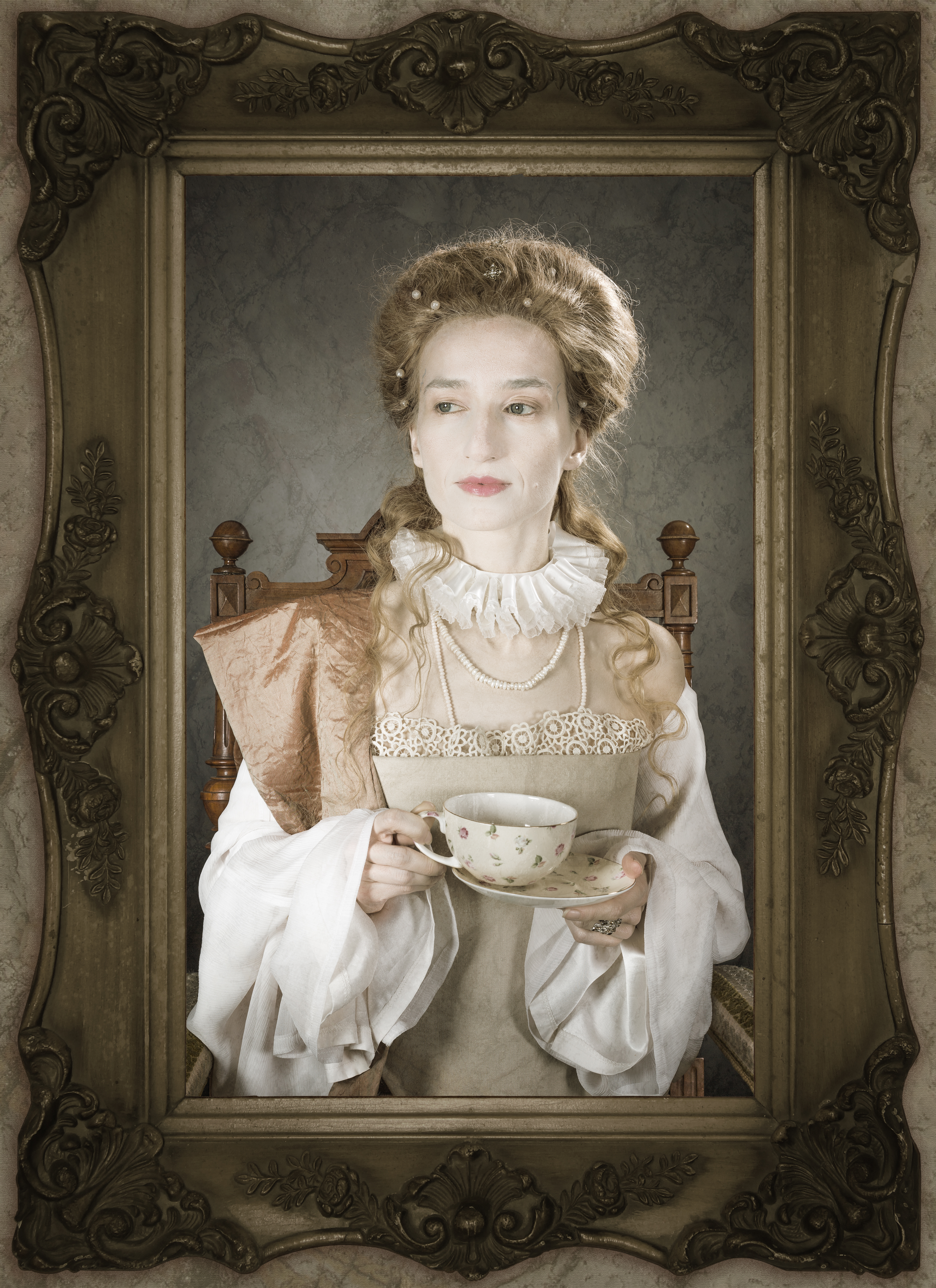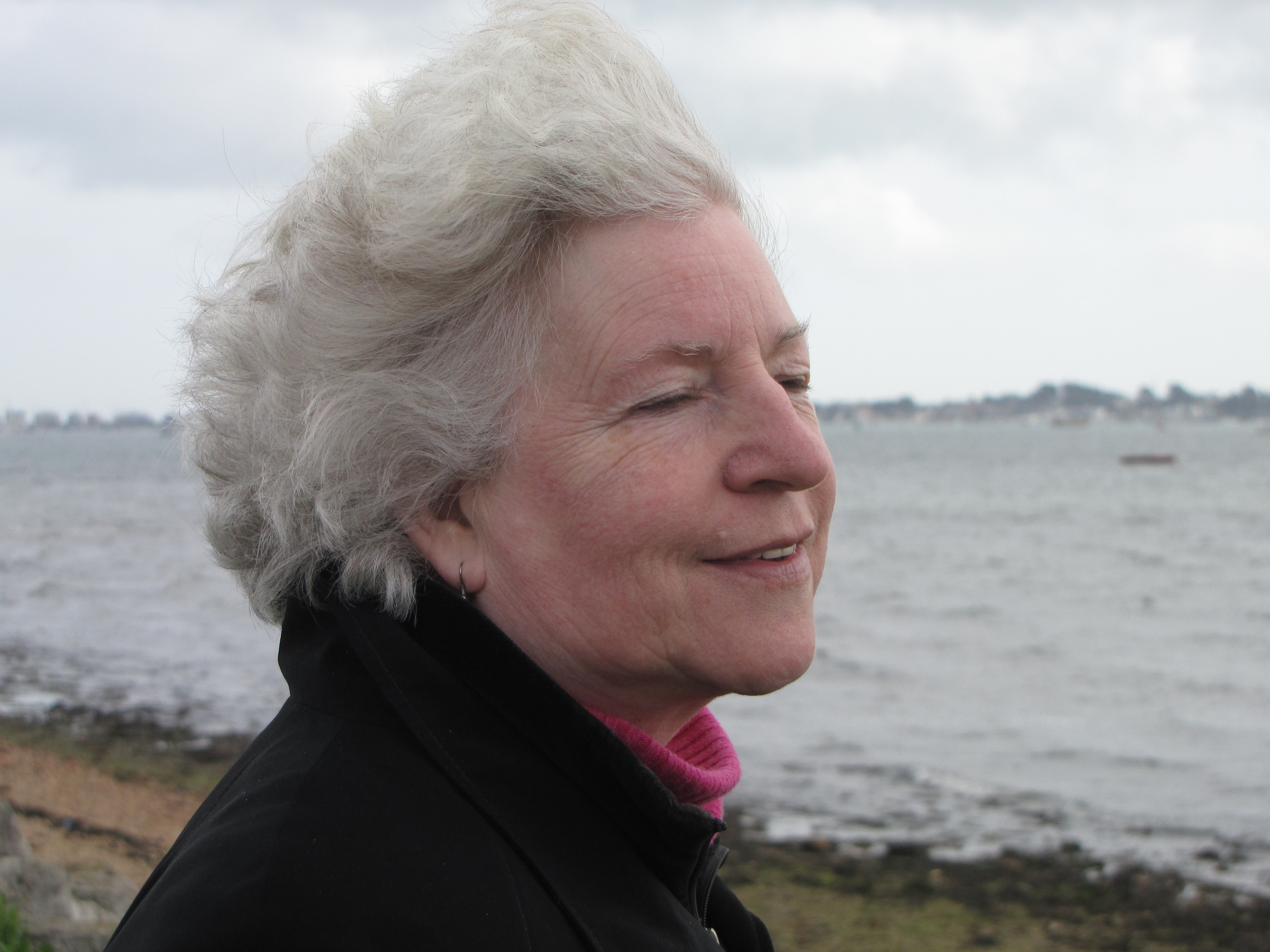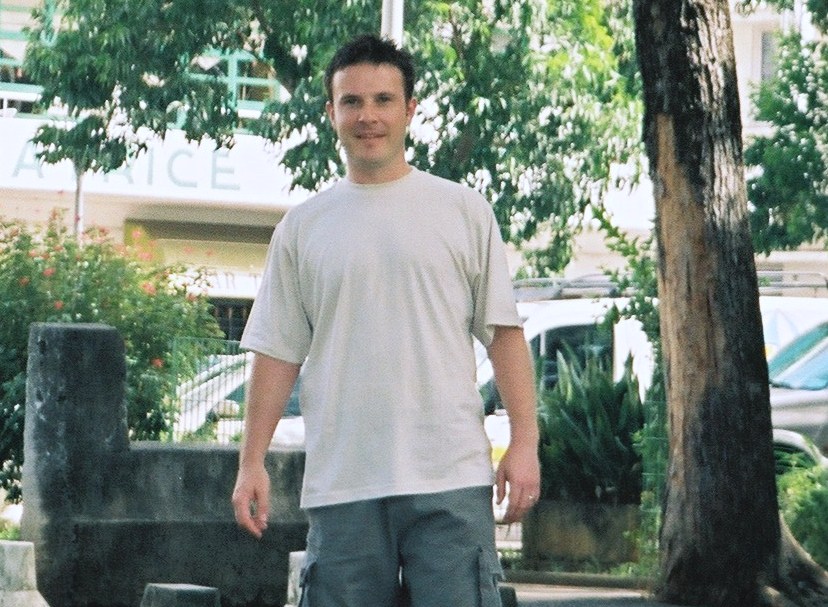ASK & DISCUSS
INDEXLIGHTING in a location with no electricity
10 years ago - Rob Carter
I'm making a short film in a couple of weeks in a location with no electricity. 2 day shoot. Does anyone have experience of this? Not sure whether to hire a generator (then noise issues), or use wireless lights. Any advice?
I'm staying at a place nearby so can charge things up overnight if necessary
Only members can post or respond to topics. LOGIN
Not a member of SP? JOIN or FIND OUT MORE
10 years ago - Paddy Robinson-Griffin
Hi Mike, the quality of your inverter will make a huge difference, some give out almost square waves which can in turn cause problems down the line. And 3kW is going to drain that battery quickly, so beware, especially at the low efficiency of the less premium inverters.
In fact, quick sums, a theoretical 100% efficient inverter (some claim efficiencies of 90%, although I suspect that'll be an ideal load, and that most loads will be lower), P=VI, 3000 = 12*current, that's 250A draw on the cell. That means seriously thick cables as they're going to get hot. And as a regular car battery is about 70Ah, you may find it doesn't hold out terribly long.
If you can power straight from the battery and avoid the AC detour, you'll save a lot of wasted energy through the inverter and back through the charger. I'm a little rusty, but hope this helps.
Response from 10 years ago - Paddy Robinson-Griffin SHOW
10 years ago - Vasco de Sousa
Use an extreme low light camera, and use it as an excuse to shoot by candlelight. :) Study the old painting masters, they existed before electricity.
I'd test the solutions ahead of time, if you can. You never know how much fuzz low light is going to bring until you play the footage back on a big screen. (the same goes for sound interference, there are sounds that are caused by electronic devices going across wires that you won't know about until you play back on a fairly high quality speaker.)
It really depends upon why you're shooting in a location with no light. Is it for money reasons? Authenticity? Perhaps you're shooting in that location for the wrong reasons.
Response from 10 years ago - Vasco de Sousa SHOW
10 years ago - Mark Hammett
I've used those camping gas lights before. They chuck out a fair amount of light but they make a bit of a hissing noise, depends how important audio is to you.
Response from 10 years ago - Mark Hammett SHOW
10 years ago - Rob Carter
Very helpful feedback, thanks all. Good to know how much hassle a generator is, especially as the area is so quiet that I think it would ruin all audio. We're going to go down the LED route and get a car battery charger. Just looking into specifics now. There are obviously more specifics I haven't mentioned, but a lot depends on light. We'll probably use a camera that works well in low light if we're using LEDs. But yes this has certainly answered which route I should go down...
Response from 10 years ago - Rob Carter SHOW
10 years ago - Nigel Rogers
Hi Rob, does the above cover your answer? You make no mention of indoor/outdoor, weather, cameras, nor day or night etc.
Response from 10 years ago - Nigel Rogers SHOW
10 years ago - John Lubran
Another option we've used is to buy some 100w 12v work lights from the local hardware store. They're between £10 and £20 each. They run off those 12v jelly cell power packs that can also be found on the hardware stores, Halfords and the like. They're between £25 and £50 each and useful for a whole range of other jobs on location. The lights have a wire frame lens protector fitted which can easily be adapted, with additional wire, to provide for gells, scrims, difusers and go-bos.
Response from 10 years ago - John Lubran SHOW
10 years ago - Mike Leikauskas
I have been playing with an idea of using 1 12V, deep cycle, lead acid battery, and a 3000 watt inverter. You will need a automotive battery charger as well, to recharge at night. Battery about $100, Inverter about $200, charger about $75. $50 for cables and power strips and it should be good to go.
Response from 10 years ago - Mike Leikauskas SHOW
10 years ago - Marlom Tander
A generator might be noisy but if you do your research you can use some LONG cables (100m plus) to put some distance between you.
But research matters because "voltage drop" - http://www.calculator.net/voltage-drop-calculator.html - so you need a generator able to generate MORE (a lot more?) than the power rating of your lights.
Any plans involving "charging stuff up" need to be very carefully thought through and math done :-)
cheers
Response from 10 years ago - Marlom Tander SHOW
10 years ago - Alex Blogg
Hey Rob, it depends if your capturing audio on-set, because in my experience if working with a generator (even 100m away) the audio is unusable.
Alternative methods include getting a load of LED lights and v-lock batteries. Enough to run you through your shoot. These are quiet as you like and wireless as you say.
Dedo do some great directional LEDs that run on v-lock style batteries. Then there's the more classic panel style LEDs for a wide spread (I think panels by Gekko can run off v-lock bats).
I actually use a couple of ICE lights on-location, really compact soft light, but this won't run all day as required without needing to recharge.
Response from 10 years ago - Alex Blogg SHOW
10 years ago - Alève Mine
How much light do you need? This car starter thing's embedded little light was all I had for a night shoot. https://www.brack.ch/einhell-energiestation-egs-251830 The resulting short went on to get screened at a festival. It takes a very long time to charge, so better plan well in advance.
Response from 10 years ago - Alève Mine SHOW
10 years ago - Yen Rickeard
I've done this. I prefer it to studio shooting.
It all depends on what and when you are shooting.
If in daylight a couple of reflectors will soften shadows on faces and provide some fill in I f it is cloudy that will have a similar effect. Day light is very forgivingbut if the contrast is too great and the shadows to sharp, use a gauze filter (a large frame with very fine gauze stretched to it, sew or staple in place, cut off the overhangs) to soften the light on your main focus, usually characters. Fill in with reflectors if needed.
You may have some continuity issues with shadows, make sure that by take 3 that tree will not put some new shadow over your characters etc,
Twilight will give you some day fr night opportunities, both dawn and dusk. Lights/lamps in shot will show up as such, but there will be enough light to give definition. For all of the above natural light and reflectors will give you all you need.
Dark night is when you need lighting. LED banks and lots of rechargable batteries are what you need.. Yes, even more batteries than you are thinking of. Yes, even more than what you are thinking of now. Gas lanterns hiss, but you can use them if that is what your characters are using. If you are going for moody, impenetrable dark you will need barn doors to keep your light where you want it. And of course you can put lights in the undergrowth, behind trees, hidden behind masking silhouettes etc to catch your actors moving through, or just to give atmosphere, You need to think what this light might represent, reflective water, moonlight whatever, so that it makes sense.
Without knowing what you are filming I can't help more.
PRACTISE before the big shoot, so you know how it is going to be. Spend time with your camera person and find out how it works for you, how close up you want your lights, and your camera, to the action.
Good luck with it
Response from 10 years ago - Yen Rickeard SHOW
10 years ago - Paddy Robinson-Griffin
Always have a plan B if using rechargeables. The time you need then most (evening) is when they're going flat and so are the crew. If using any LED system see if there's a car battery adaptor or dry cell adaptor available for emergencies so you can raid the car or pop to the corner shop for Duracell. If your camera is good in low light (do tests! Seriously! I can't understand why people are so nervous about testing stuff before they commit to using it for real on a shoot!) then LED is a great way to go. If you need the power of a bunch of HMI's, you'll need real power...
Generators are great but open up their own chain of challenges - you can't just use a little domestic one (very ugly AC out, not a nice clean sine wave, and also very low power), so you need a bigger one, so you need to tow it, so you need a bigger vehicle and tow rating on a more recent licence. And you want a silenced set, which is bigger... Then you're managing fuel, power drop, load factors, etc., so need a proper spark/gen OP. If you go to any proper lighting hire company, they will have gen trucks, but you'll need an HGV licence to drive one, and that means all the HGV regs around working hours, tachographs, etc.
Response from 10 years ago - Paddy Robinson-Griffin SHOW
10 years ago - Dan Selakovich
Honda used to make a portable muffled generator that I used many times years and years ago. Certainly there is still a portable gen like this still around, but better. They were, if I remember correctly, around 40 db at 50 feet. Plenty quiet. Plus, since they are built for film production, power is solid (really important, especially over long runs). Of course, you'll have to rent these from a grip and lighting house, but they are really cheap compared to buying a construction generator from a big hardware store.
Response from 10 years ago - Dan Selakovich SHOW
Response from 10 years ago - Tony Oldham SHOW
10 years ago - John Lubran
Many cameras these days have exceptional low light ability where subtle low power lighting really does work well. It's about just how much light the scene requires. Using battery powered LED's or 12v 100w tungstens can easily be enough for many needs but once we're getting into major lighting set ups where we're talking about 3000w lamps, which require a qualified gaffer on set, none of these DIY Heath Robinson solutions are appropriate. An alternative to genny's, HMI's and gaffers might be to shoot day for night?
Response from 10 years ago - John Lubran SHOW

